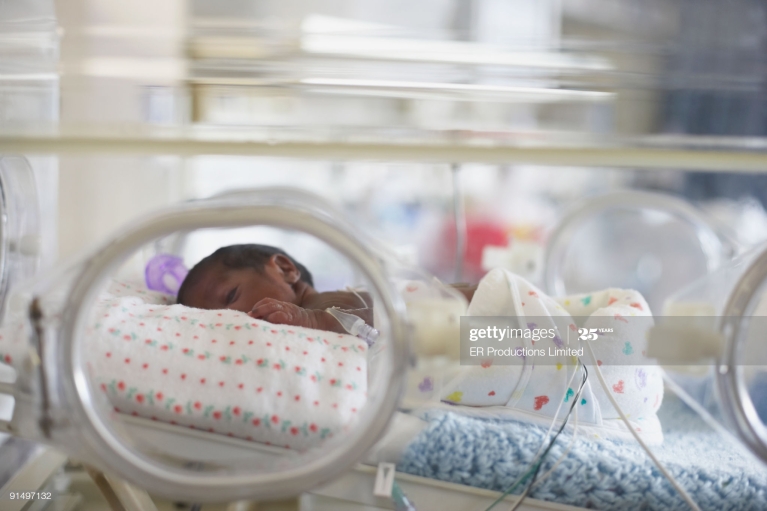
Getty Images
A Series on Caring for Our Most Vulnerable Population
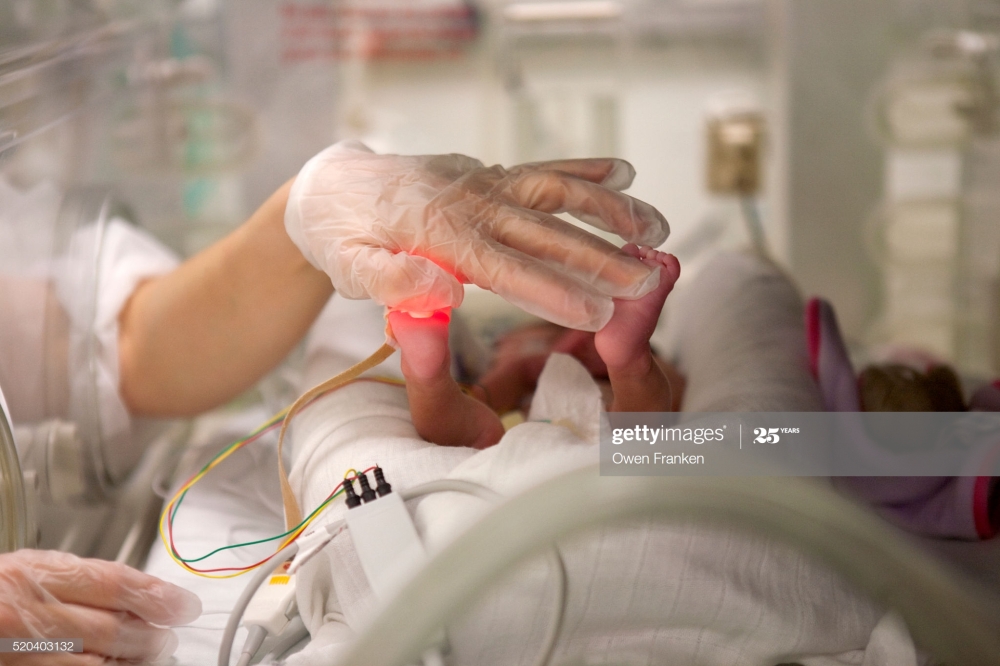
Because I went up from a Level III NICU to a Level IV NICU less than a year ago, I still consider myself a novice NICU nurse (the “level” of a NICU determines the acuity- how sick and how small the babies are; a higher level number means sicker and more critical babies). Going to a higher acuity NICU almost felt like my learning started all over again! Adult learning can be tough and the environment (the demographic, unit culture, and your coworkers) can really make or break your experience. I am so grateful to currently be in an environment where I feel like my learning is supported!
Scroll to the bottom for a peek inside of the NICU!
As I learn, I want to share with other novice NICU nurses, nursing students, and those who are considering making the transition from adults to neonates. So, this post will be the first of a 3-part series on all things NICU. I hope you enjoy!
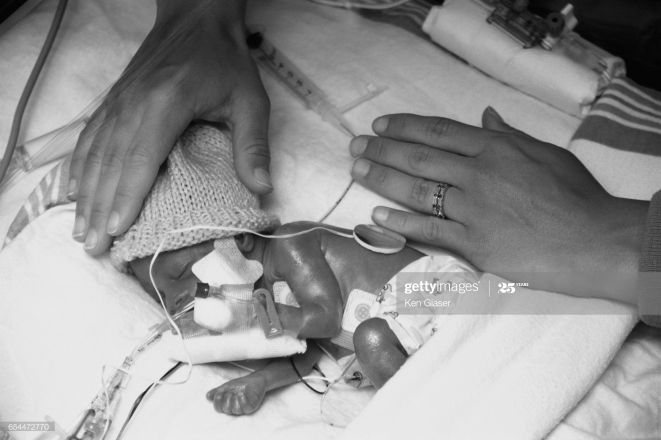
Getty Images
Part 1: Developmental Care
What is Developmental Care? Developmental care is a form of care that involves handling and repositioning our little babies carefully and methodically, comforting our babies, helping them feel secure, clustering our hands-on care to limit the amount of time the babies are overstimulated/agitated, decreasing noise and stress, conserving their energy, increasing their sense of safety and familiarity, and promoting normal sleep patterns. According to Stanford University, the use of developmental care may lead to better feeding, appropriate weight gain, fewer complications and therefore shorter hospital stays for our babies!
Examples of Developmental Care
Scent Cloths
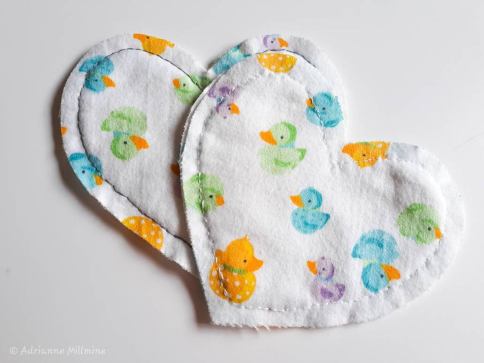
The first smell a baby is exposed to is the amniotic fluid and babies begin to recognize their mothers’ scent before they are even born. Infant’s know who their mother is based on her natural scent and some studies say that babies can even smell their mothers up to two feet away! Babies can even differentiate the smell of their mother’s breastmilk from someone else’s.
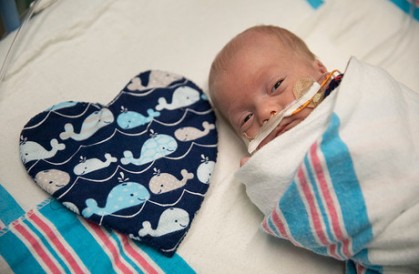
Scent cloths are small swatches of fabric that we use to transfer the parents’ scent to the babies and vice versa. We give the parents a small cloth to wear close to their chest (for example, in their bra) for the day. After the cloths are worn by the parents, the cloths are then placed inside of the baby’s isolette (also known as an incubator) to soothe the baby and provide the baby with the feeling that his or her parents are close by. This is a very comforting feeling for a newborn. For the mothers, taking their baby’s scent home with them on a scent cloth is beneficial as well, as it can help increase breastmilk supply when Moms pump. It’s all chemistry!
Reading to the Babies
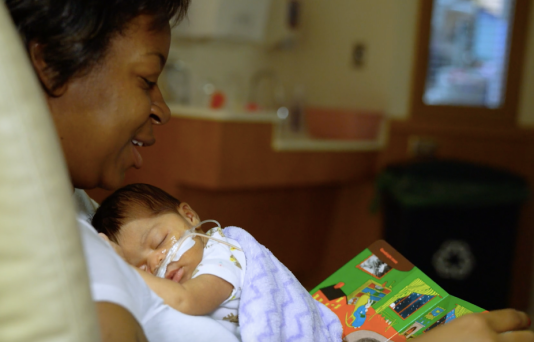
Not only can babies recognize their mother’s smell, but they can also recognize her voice (and their father’s voice also). One way parents can create some amazing bonding experiences with their hospitalized baby is by reading to them. When parents speak to and play with their babies, they provide comfort and promote healthy brain growth and development. Once a baby is born, hearing a familiar voice is very comforting for our little babies and it lays the foundation for language and speech as the baby’s brain develops. The Child Life Specialist I work with had this to add “It’s important for there to be minimal background noise when caregivers are speaking softly to their baby – this helps the baby focus more on the caregiver’s voice and makes the voice more impactful.” p.s. Remember to speak very softly any time you are visiting a baby in the hospital!
Crocheted Octopus
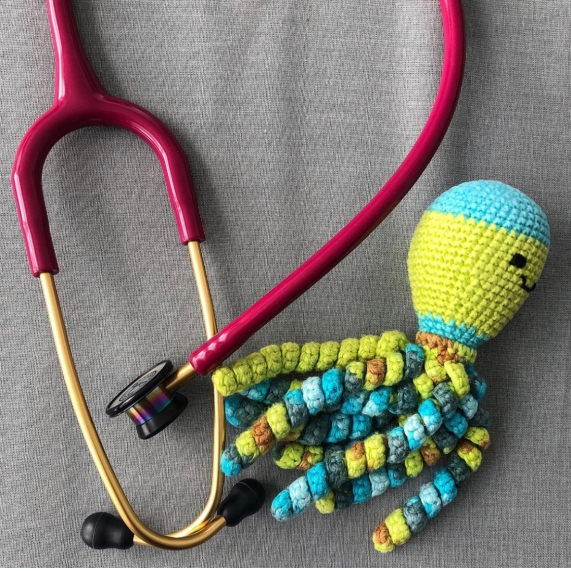 Crocheted octopus “dolls” are used in the NICU to help comfort preemie babies. An idea that originated in Denmark, allowing the babies to grasp the tentacles of the octopi not only comforts the babies, but also can improve their vital signs.
Crocheted octopus “dolls” are used in the NICU to help comfort preemie babies. An idea that originated in Denmark, allowing the babies to grasp the tentacles of the octopi not only comforts the babies, but also can improve their vital signs.
The study by physicians in Denmark showed that when babies cuddled with their octopi, they had improved heart rates, better breathing, higher oxygen levels, and were less irritable. Wow!

The idea is that these premature babies would normally still be in the womb and while in the womb babies regularly play with their umbilical cord, aka babies’ first toy. The curly tentacles of the octopus dolls are crocheted in a way to feel like the umbilical cord, providing a sense of familiarity and safety for the baby. The octopi also help by providing the babies with something to grasp and play with other than their medical equipment — tubes, EKG wires, IV lines, etc– which they love to pull off as often as they can, lol!
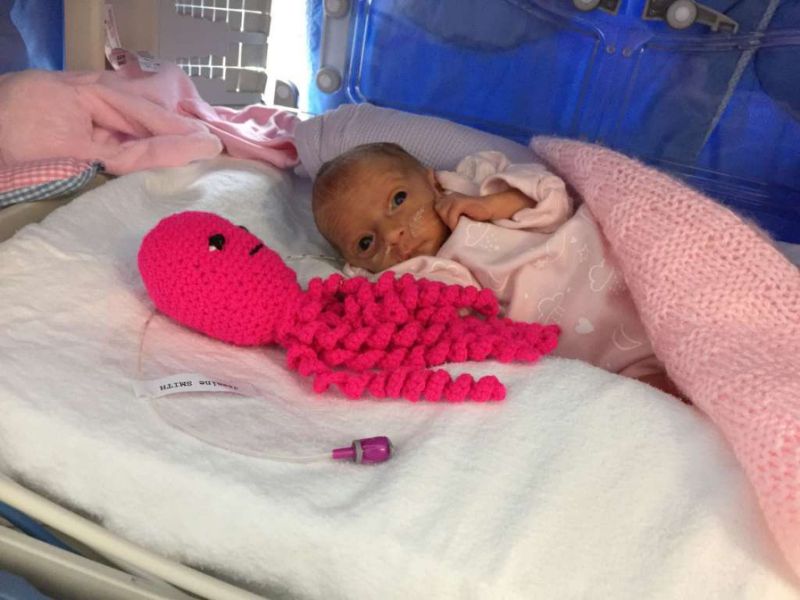
Kangaroo Care
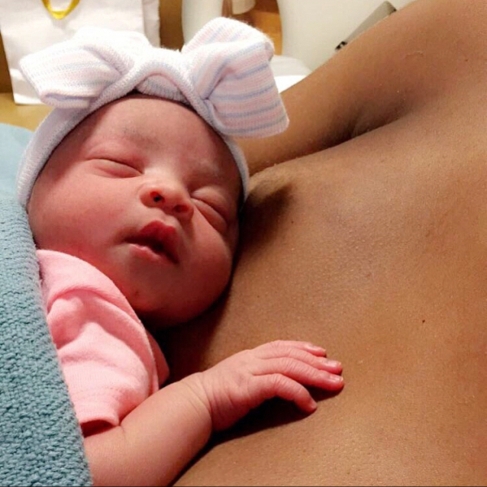
Kangaroo Care, or skin-to-skin, is a natural and effective way to provide comfort, pain relief, and vital sign stability for all babies and especially preterm babies. Kangaroo Care is simply a parent holding their baby against their bare chest, skin to skin (S2S). This physical touch, being held against a warm body, hearing their parents’ heart beat, being wrapped in their mother’s familiar smell, and hearing their parents’ familiar voices has both comforting effect and health benefits. S2S helps infants maintain a good temperature, stabilizes their blood sugar levels, promotes better sleep, aids in adequate weight gain, and leads to greater breastmilk production for Mom.
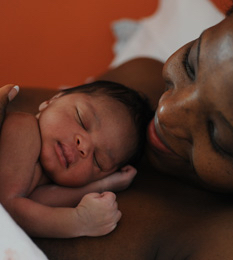
A Peek Inside the NICU
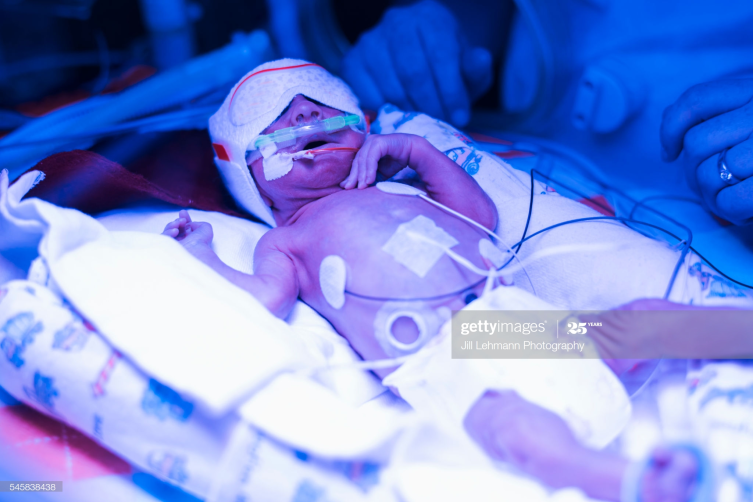
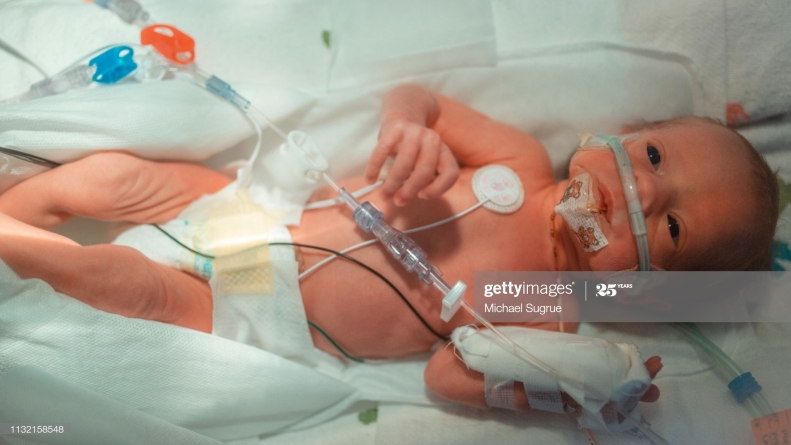
This post details a short list and is not all encompassing by any means. The purpose is to provide a sample of the different modalities that we use to care for our NICU babies.
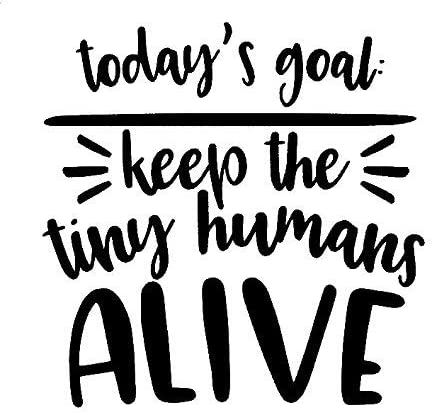

This was so informative. Thank you so much for sharing I am a nursing student about to start clinical next semester and am really interested in the peds specialty/women’s health . You are really the GOAT
LikeLike
I love this..very informative! Im an OT, not a nurse but obviously have an interest in all things health care related!
LikeLike